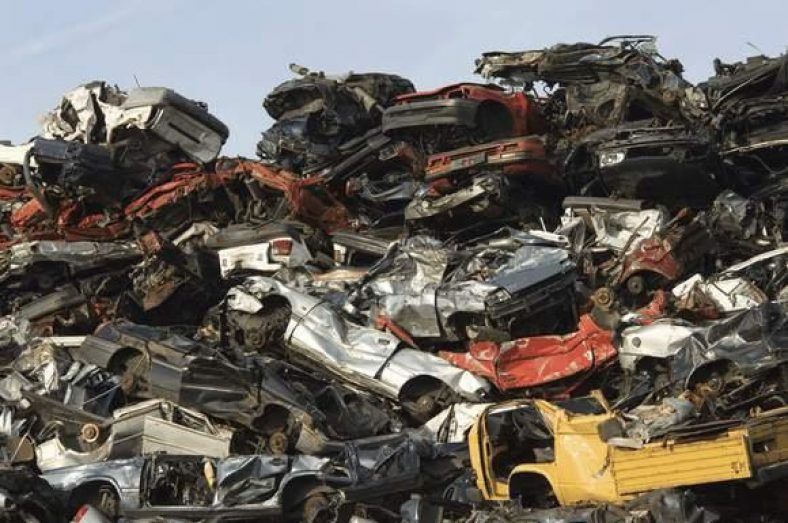An infographic shared recently by global metal recycling company Sims Metal Management suggests that a garage is among the five most likely places in a house where you’ll find scrap metal. While you may find a variety of metallic knick knacks in a garage, one thing you’re sure to find there is a car.
Believe it or not, a car is one of the most recyclable household items for scrap metal. According to the Auto Alliance, approximately 86 percent of an end-of-life vehicle can be reused, recycled, or used for energy recovery.
In fact, there are car manufacturers like Mazda who’ve surpassed this level by making cars with a recyclability ratio of 90 percent or better. This means that almost the entire car can potentially be recycled.
Through the process of recycling, not only are end-of-life vehicles recycled into new vehicles, but their parts may also be recycled into other consumer products. Before we take a deeper dive into the insides of a car and find out its various parts that can be recycled, it’s important to understand why there’s so much focus on the issue of vehicle recyclability.
Sustainable Vehicles
More and more auto manufacturers are trying to make vehicles that are sustainable. They want to minimize waste as well as reduce pollution and environmental degradation, while keeping costs in check. In trying to meet these goals, they’re investing in technologies that make cars easy to dismantle and recycle.
And contrary to what many might believe, scrap metal is not the only recoverable resource from an old car. From plastic to glass and from rubber to oil – a lot of material typically found in a car can be recycled or reused in some way or the other.
Most automotive recycling centers or scrap metal yards start by stripping the car of the components that can be resold. Once that’s done, the vehicle is dismantled for the purpose of recycling its remaining valuable materials.
An automotive or scrap metal recycling center has an array of sophisticated machinery to process old cars. A shredder pulverizes the vehicle into fist-sized pieces, which are then transported through conveyors to complex material separation operations.
The metal recovered from this process becomes valuable recycled feedstock that can be used for manufacturing basic materials like steel, aluminum, copper, etc., which are then used for making new consumer products or their parts.
Recyclable Car Parts
As to the exact car parts that can be recycled or reused, prepare to be surprised. Here are some common car components that can be reused or recycled:
-
Gasoline, windshield washer, coolant: Once drained from the car, these fluids can be reused
-
Gas tank, seats, and stereo system: Can be removed and resold as used car parts
-
Steering wheel: Can be dismantled and resold
-
Starter &alternator: Can be resold/remanufactured
-
Battery &catalytic converter: Can be resold/recycled
-
Engine &transmission: Can be dismantled, reconditioned, and resold
-
Dashboard: The plastic can be used in iron smelting
-
Doors & bumpers: Can be reused in other vehicles or recycled into new products
-
Tires: Can be reused or recycled into a variety of products – car parts like brake pedals or floor mats or other items such as garden mulch. Can also be used as fuel for energy recovery
-
Metal frame: Metal is perhaps the biggest byproduct of vehicle recycling. The metal frame is shredded and magnets used to separate the ferrous from non-ferrous metal.
The automotive recycling industry in the U.S. is in a state of continuous evolution trying to find creative ways to reuse car components and increase the recyclability rate of vehicles.
It is also a critical industry generating more than $32 billion in annual sales and providing employment to over 140,000 people, according to the Auto Alliance. Clearly, environment conservation is not the only benefit of vehicle sustainability!

